Penicillium Learn more about Penicillium
-
What is the etiology and prevention and treatment of edible fungus Penicillium?

In nature, Penicillium spores are ubiquitous, usually in our edible fungus production, every production process may be infected with Penicillium. Today, let's take a look at the etiology and prevention of edible fungus Penicillium. 1. Edible fungus Penicillium
2020-11-09 Edible fungus Penicillium etiology and prevention and treatment what is it? -
Control method of edible fungi Penicillium

Penicillium is also called Chloromycetes. Common Penicillium species in edible fungi production include Penicillium frequentans, Penicillium lilacinum, Penicillium viridicum, Penicillium chrysogenum and Penicillium verruculosum. Penicillium can infect and harm many kinds of edible fungi such as Pleurotus ostreatus, Mushroom and Lentinus edodes during seed production and cultivation. (1) Hazard
2019-01-15 -
Control of Penicillium bulb Penicillium in Lily

Symptoms: occur during storage. The disease spot on the bulb is sunken, dark brown, the upper turquoise mildew layer (spore mass), the internal scales gradually rot, and finally cause the bulb dry rot. It usually takes two or three months for the bulb to rot completely. Pathogen: PenicilliumcyclopiumWestl. It belongs to the subphylum of fungal penicillium, hyphomycetes, Penicillium, Penicillium. Colony dark blue-green, without or inconspicuous wheel patterns, granular or clustered, abaxially light pink, occasionally yellow or purplish. The diameter of conidiophores is 3-3.
2019-01-16 -
Control techniques of Penicillium in Pleurotus ostreatus

Penicillium is a common miscellaneous bacteria on the seed production and cultivation bed of Pleurotus ostreatus, which occasionally has a weak parasitic effect on the fruiting body, and its asexual stage belongs to the subphylum Penicillium. The main results are as follows: (1) pathogen characteristics: Penicillium hyphae is colorless, septate, white, most of them go deep into the substrate, and the aerial hyphae are few, in the shape of blanket or flocculent; the apex of conidium is broomlike branching, and the conidia show turquoise, yellowish green or turquoise powdery mold layer when a large number of conidia accumulate. (2) harmful symptoms: occurrence of Penicillium
2019-01-16 -
Symptoms and Control measures of Edible Fungi Penicillium
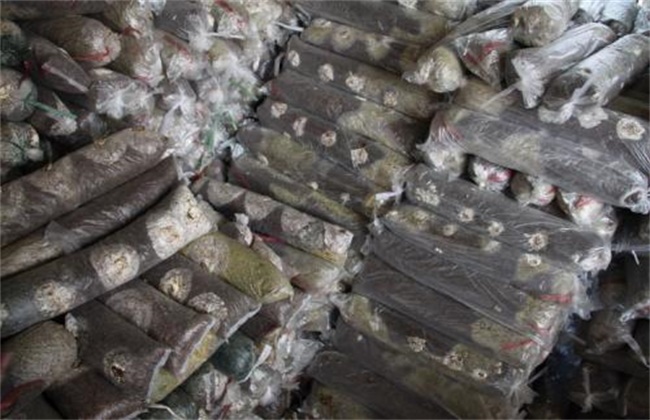
Symptoms and Control measures of Edible Fungi Penicillium
2019-11-02 -
Symptoms and Control measures of the latest Edible Fungi Penicillium

In the process of cultivating edible fungi, Penicillium is a common polluting miscellaneous fungus, which may be infected at every remission of edible fungus production, also known as blue-green mold. It will cause pathological changes in the fruiting body of edible fungi and seriously affect the yield and quality of edible fungi. So how to prevent and cure
2020-11-10 The latest edible fungi Penicillium occurrence symptoms and in cultivation -
Occurrence period and control measures of penicillium disease in jujube fruit

Penicillium disease of jujube fruit generally occurs during the storage period of red jujube. The pathogen is similar to Penicillium citrus. Jujube fruit is generally infected from fruit depressions or broken skins, susceptible jujube fruit, pulp rot, tissue disintegration, pectin overflow, peel sticky, with a mildew taste, affecting quality and consumption. The occurrence of Penicillium mildew in jujube fruit is mostly caused by too much moisture in jujube fruit and high humidity in the storage, so we should pay attention to the following points in the control measures: a: red dense and jujube products should be fully dehydrated during storage.
2019-01-16 -
How does edible fungus produce penicillium disease to do?
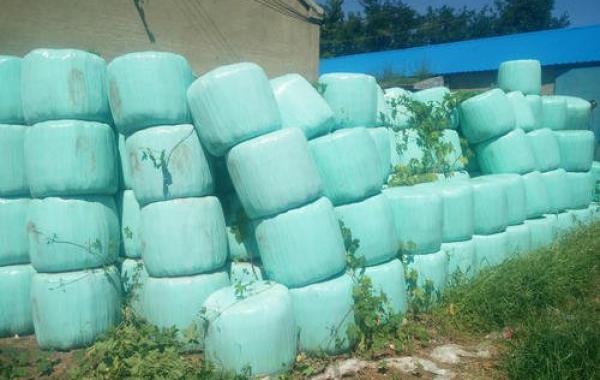
How does edible fungus produce penicillium disease to do?
2020-12-25 -
Penicillium rot of Lilium bulb

The disease occurs in the process of storage and transportation of lily bulbs. Symptoms: in the early stage of the disease, dark brown disease spots and sunken spots are produced on the injured scales. After that, the disease gradually spread inward, resulting in slow dry rot of the bulb, which took several weeks to rot away. In the later stage of the disease, the disease produced cyan mildew, which were the conidiophores and conidia of the pathogen. The pathogen is Penicillium circularum (PenicilliumcyclopiumWestl.) And Penicillium bungeanum (P.C)
2019-01-16 -
Control of Penicillium rot of lily bulb

The disease occurs in the process of storage and transportation of lily bulbs. Symptoms: in the early stage of the disease, dark brown disease spots and sunken spots are produced on the injured scales. After that, the disease gradually spread inward, resulting in slow dry rot of the bulb, which took several weeks to rot away. In the later stage of the disease, the disease produced cyan mildew, which were the conidiophores and conidia of the pathogen. The pathogen is Penicillium circularum (PenicilliumcyclopiumWestl.) And Penicillium bungeanum (P.corymbiferumWest)
2019-01-16 -
Control of Penicillium and Green Mold of Pomelo

The symptom characteristics are mainly harmful to the postharvest fruit during storage and transportation. the symptoms of the two diseases are similar, mostly from the pedicel or wound, showing a light brown waterlogging at first, the disease spot expands rapidly, the fruit becomes soft and rotten, and a layer of white mildew grows on the face. later, the white mildew spot turned into green mildew spot.
2020-11-08 Species grapefruit green mildew and green mold disease prevention and treatment symptoms -
How to treat tulip penicilliosis? Control measures of tulip penicillium

Tulip is not only a world-famous bulb flower, but also an excellent variety of cut flowers, with vigorous and straight flowers, elegant and beautiful leaves, dignified and lovely lotus-like flowers.
2018-10-15 -
Application of Biopesticide: what is yeast? The function and efficacy of Biopesticide yeast
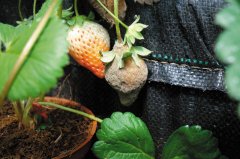
Yeast has been used in food fermentation industry for thousands of years. By selecting and domesticating bacteria, it can be used not only to produce beer and all kinds of wine, but also to ferment bread and steamed bread. In addition, the potential of research and development of plant disease control is booming in recent years.
2019-01-10 Biology pesticides applications yeast what is it its function and -
What are the diseases of edible fungi? What are the prevention and control measures?

There are many kinds of edible fungi, each kind of taste is different, the taste is also different, it contains protein, regardless of content and quality are better than ordinary vegetables. In recent years, there are more and more artificial planting of edible fungi, but the disease is easy to occur if it is not operated properly.
2020-11-09 Edible fungi diseases what control measures what is it? -
Discussion on Prevention and Control Technology of main Diseases of Edible Fungi

Discussion on Prevention and Control Technology of main Diseases of Edible Fungi
2019-09-03 -
The latest flower ranunculus breeding methods and precautions

Ranunculus, also known as celery flower, Persian ranunculus, land lotus flower, etc., is a perennial herb belonging to Ranunculus of Ranunculaceae. It is native to southeast Europe and southwest Asia. Its plant shape is low, its color is gorgeous, its flower stem stands upright, and its flower shape is beautiful and unique. It is suitable for planting under trees.
2020-11-10 latest flower hair buttercup culture methods and precautions -
Control of basal rot of Flammulina velutipes
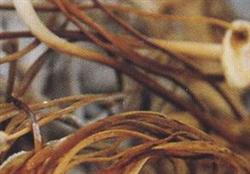
In the growth and development stage of the symptomatic fruiting body, the base of the stalk became dark brown to black erosion, and after the base eroded, the fruiting body lodged. Although the young mushroom cluster does not lodge, it can not continue to grow and develop upward. When it occurs seriously, the acicular young mushroom becomes black and eroded. Penicillium viridis, the pathogen, belongs to the subphylum Penicillium.
2018-07-19 -
Harm and Control of Common miscellaneous bacteria in Edible Fungi

First, Alternaria. Also known as Neurospora. The asexual stage belongs to Trichoderma, Chlamydomonaceae; the sexual stage is a kind of ascomycetes. Pleurotus ostreatus is harmful to Alternaria crassa and Alternaria alternata. Hyphae white, lax, branched and septate. The conidiophores are bifurcated. Conidia series, globose to ovoid, orange or pink. Vesicles fascicled or scattered, subglobose or ovate. The ascus is cylindrical and contains 8 ascospores. Alternaria is widely distributed and can be spread in air, soil, rotten plants, grains and so on. The culture material is too wet and
2019-01-16 -
How to Control main Diseases of Edible Fungi

How to Control main Diseases of Edible Fungi
2019-08-24 -
Control methods of root rot of Flammulina velutipes
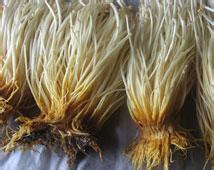
The basic rot of Flammulina velutipes is also called root rot, which mostly occurs in Flammulina velutipes cultivated with raw materials, but it is also common in clinker cultivation and bottle cultivation in recent years, and the harm is more serious. Symptoms: in the early stage of the disease, waterlogged spots occurred at the base of the stalk, which gradually expanded and deepened with the development of the disease.
2018-09-10
